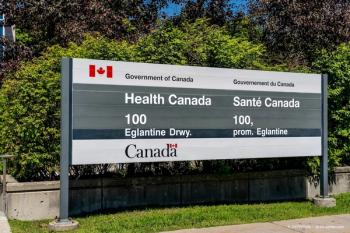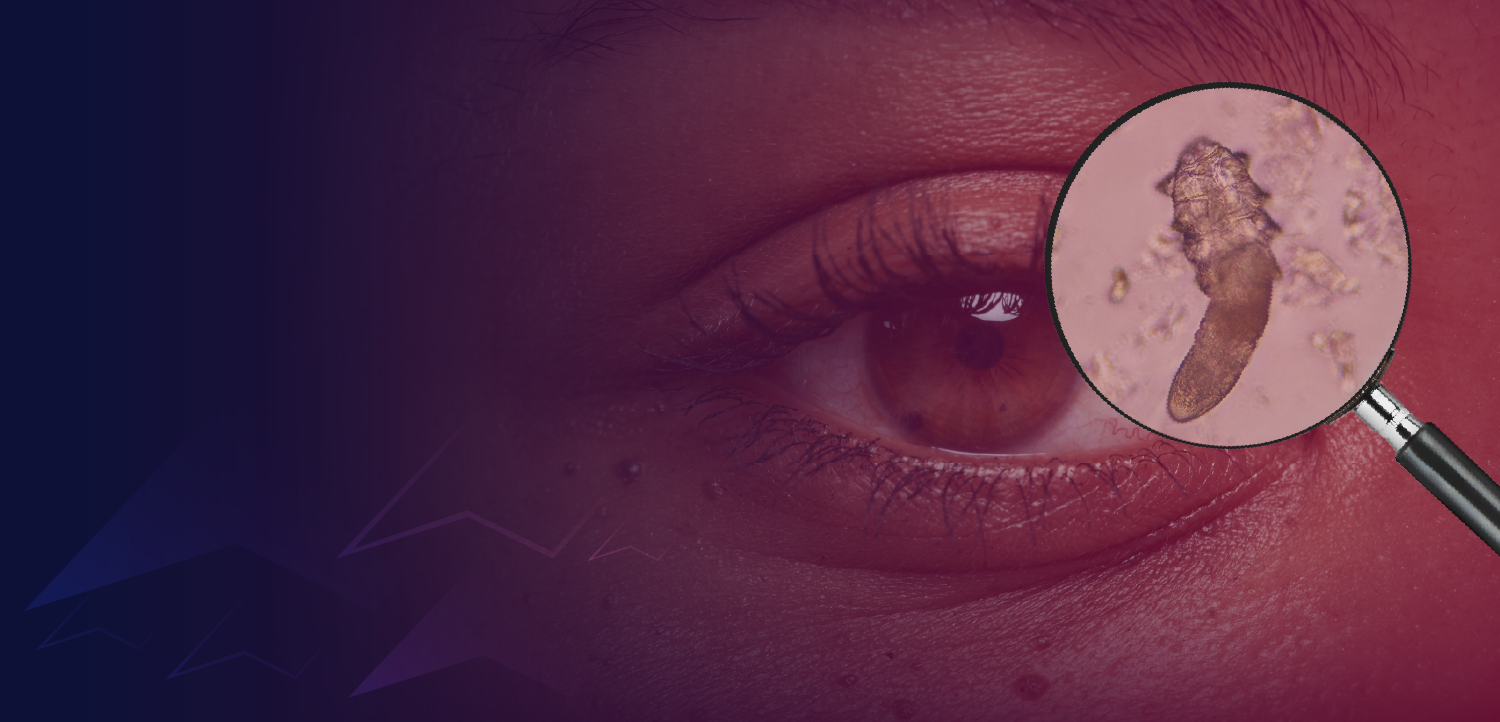
Anti-VEGFs may improve vision in submacula haemorrhage
Anti-VEGFs could be used for visual and anatomic improvements in eyes marked with submacula haemorrhage secondary to neovascular AMD, claims a study in the American Journal of Ophthalmology.
Anti-VEGFs could be used for visual and anatomic improvements in eyes marked with submacula haemorrhage secondary to neovascular AMD, claims a study in the American Journal of Ophthalmology.
A retrospective, interventional, consecutive cases series, led by Dr Gary Shienbaum, Department of Ophthalmology, Bascom Palmer Eye Institute, University of Miami Miller School of Medicine, Miami, Florida, USA, included 19 eyes of 18 patients with neovascular AMD and fovea involving submacula haemorhhage. All patients with haemorrhages greater than 50% of the lesion area were administered anti-VEGF monotherapy.
The main outcome measures were mean visual acuity change from baseline, mean central lesion thickness change from baseline, mean number of injections at six months and the occurrence of adverse events. The group converted Snellen visual acuity to approximate ETDRS letter score for statistical analysis.
Of the eyes studied, seven received ranibizumab, six received bevacizumab and six were administered both at various points in time. Mean change in ETDRS letter score from baseline was +12 letters at three months, +18 letters at six months and +17 letters at the 12-month follow-up.
At six months the mean number of injections was 4.7 and the mean OCT central lesion thickness decreased from 755 μm to 349 μm at six months follow-up.
For the abstract please click
Newsletter
Get the essential updates shaping the future of pharma manufacturing and compliance—subscribe today to Pharmaceutical Technology and never miss a breakthrough.















































